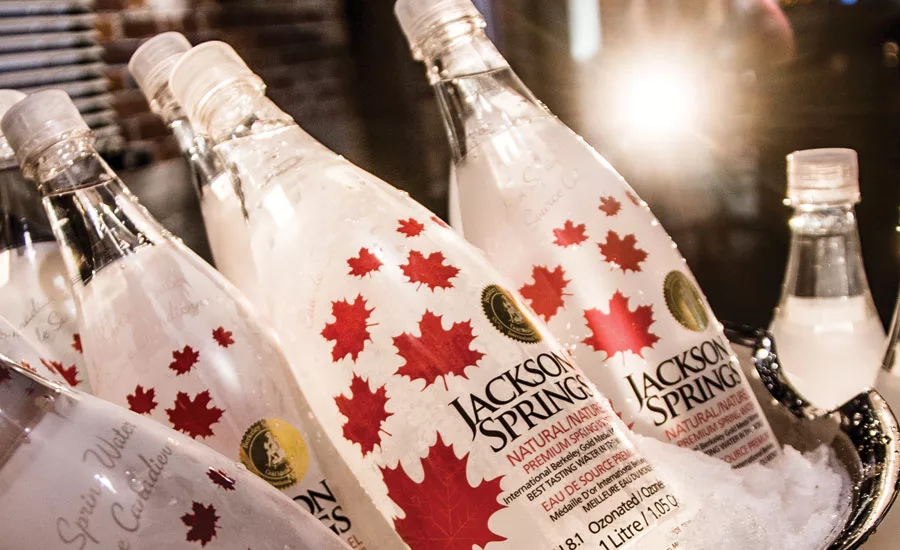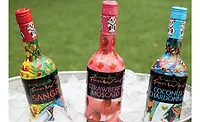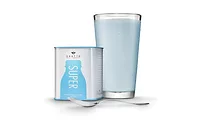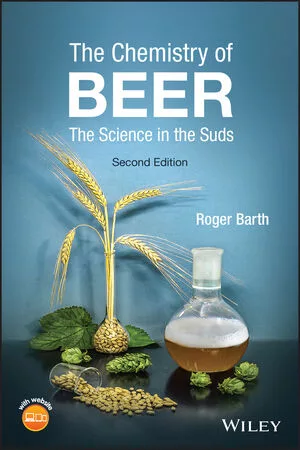The aesthetics of beverage packaging design
Shelf presence helps differentiate brands

In today’s competitive beverage marketplace, standing out on store shelves is crucial. To differentiate brands and grab consumers’ attention, package designers are employing art-inspired labels, modern, sleek and simple designs, elegant typography, color and the tactile feel of the product.
Jon Nunziato, founder and chief creative officer at New York-based Little Big Brands, notes that the beverage world is extremely cluttered with competitive brands. “Whether you’re a sparkling water or a plant-based milk, there is very little true innovation out there in the category right now,” he says. “So that makes package design and branding more critical than ever.
“How is your water going to stand out from the 20 different waters on shelf next to it?,” Nunziato continues. “Finding a differentiating proposition or unique brand purpose helps. And really creating a unique visual space is extremely important. There aren’t enough brands utilizing unique structure so that’s a real opportuning and then making sure your visual voice is appealing and standout is critical.”
When it comes to packaging design, Whitney Repp, vice president of business development and account service at BevBiz Marketing, Hartford, Conn., suggests that beverage-makers consider the five Ps of packaging design: positioning, personality, pricing, perception and preference. “Packaging is a brand’s first, best advertisement,” she says. “Packaging imparts real or perceived product quality, brand personality, price affirmation or justification, and information integral to making a purchase decision. Am I getting quality at the right price? Is this product worth or consistent with what I am paying? This is the key role of packaging.”
The product’s audience always is a primary factor, followed by shelf presence, notes Alex Kidd, creative design manager for Avery Dennison Label and Packaging Materials, Mentor, Ohio. “Designing to reach your audience is a must, but you also have to think about how you’ll differentiate your product from myriad of competitors. For example, if you’re looking at cold-pressed juices, coffees [or] teas, how do you connect with your customers while standing out at the same time?”
Among the options, Kidd suggests using clear labels, labels that have the appearance of direct print on the vessel, a soft matte finish, embossed labels, foil stamping or different varnish techniques.
“Art-inspired labels are definitely making their mark. Some brands treat them as a series, and the label art changes quite a bit over time,” Kidd says. “From the Avery Dennison viewpoint, we provide a canvas for the brand. We’re seeing some very artistic designs, but also minimal designs that will pop off the shelf.”
Visual storytelling
The design for Manitoba, Canada-based Jackson Springs Natural Premium Spring Water’s self-titled water is modern and sleek, featuring colorful red maple leafs on a distinctive label that creates a frosted look, which makes the PET bottle looked chilled at all times, says Chris Garrick, president of Jackson Springs. The recyclable bottle also offers an elegant look and the feel of glass with a shatterproof construction, he adds.
“The source and quality of our primary packaging helps to set the tone during the first impression of the customer’s experience. The way the bottle looks when they first see it or the way the bottle feels when they first touch it is resonating,” Garrick explains. “… We worked with Heidi Amsler of Amsler Equipment Inc. to create a bottle that was the thickest it could be.
“We had our own proprietary mold created to ensure a unique, luxurious shape and seamless quality control,” he continues. “The shape was inspired by high-end liquor and perfume bottles that draw people in, just on aesthetics alone. The label, designed by Henning Doose and produced by Vishal Sahadeo of Spectrol in Toronto, Canada, was to reflect our Canadian roots. The richness of the red in our maple leaf array stands out and highlights the origin of our pure, alkaline water, e.g., Canada and maple leafs.”
The bottle also features an API 1000 TA foil brand enhancement, Garrick says.
Avery Dennison’s Kidd notes that the wine industry is utilizing color, imagery, tactile and embossment treatments on their labels.
“It’s to the point where nearly all wine labels have some sort of special treatment. Embossing is huge. Many wineries are also using a foil approach, but not overly so,” Kidd says. “Using a hot or cold foil in a considered manner adds attention to detail. Tactile is also big. In addition to wine, it’s also getting attention in craft beverages and even cans with shrink wrap — we’ve seen a matte finish and spot UV on top of it to create an almost visual texture.”
BevBiz’s Repp also notes the importance of color and selecting interesting labels. “In some segments, we are seeing colors that play uniquely with common pantone hues,” she explains. “Craft beer packaging has interesting color combinations that can look comic-inspired. Textured label stock, torn edges, unusual shapes, split labels. We’re seeing everything from minimalist to hyperbolic.”
Design evaluation paramount
When orchestrating design or redesigns, Repp recommends getting everyone involved in the process in the same room at the same time.
“Explicit objectives and clear direction make decision-making easy. In a redesign, start by re-evaluating the current design with a SWOT analysis: what are the strengths, weaknesses, opportunities and threats across the competitive landscape? What can we add to the design? What can we eliminate?
“All of this should be leveraged by focus group research to enable that most critical ‘disaster check,’ without which a good brand can go bad,” she continues. “We like to remind clients that perfection comes not when nothing more can be added but when nothing more can be stripped away.”
Big Brands’ Nunziato notes that packaging design alone cannot guarantee success. Brand position also is crucial. “The biggest design challenges are typically self-imposed,” he says. “There are many times we get a brief … that is completely vanilla, lackluster and could be written for 1,000 other products. Package design can’t do everything, and if you don’t start with a good product and a vetted, clear position, it’s very hard for packaging alone to carry success.”
The company unveiled a brand refresh for Bolthouse Farms’ new “B” beverages, a line of low-sugar smoothies, juices and protein drinks, that is rolling out nationwide at Target, Kroger and Safeway stores.
“We were actually given license to overhaul the Bolthouse Farms’ brand logo. Having been their design partner for many years, it’s something we wanted to tackle for a while,” he explains. “The new mark brings in equities from the existing [logo], but is much cleaner and fresher, like the drinks themselves. The big ‘B’ is also a nod to their previous identity and draws consumers into the pack. The white canvas of the labels speaks to the purity of the offering and really helps our gorgeous fruits and veggies be the star of the package.”
Jackson Springs’ Garrick adds that good design ultimately attracts consumers to a product and, if done right, can boost sales. “It draws attention, sends a message and makes consumers feel a certain way. When done correctly and creatively, packaging design ultimately sells your product,” he says. BI
Looking for a reprint of this article?
From high-res PDFs to custom plaques, order your copy today!






